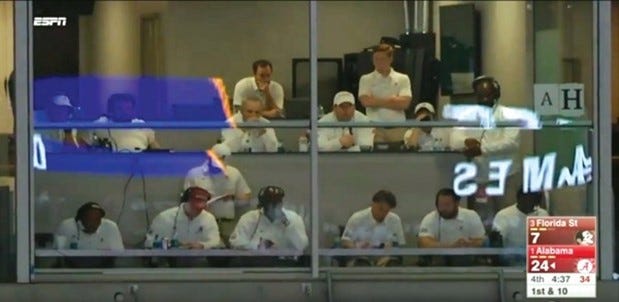Brain Bucket: Playoffs and Overtime
Part 5 in a series on the American game of war
The relationship between football and warfare has always been a topic for sportswriters. They have alternately praised these wellsprings and deplored the militarism of the game in its contemporary presentation. Yet the fact that both activities produce exactly the same predominant long-term in…
Keep reading with a 7-day free trial
Subscribe to Polemology Positions to keep reading this post and get 7 days of free access to the full post archives.


